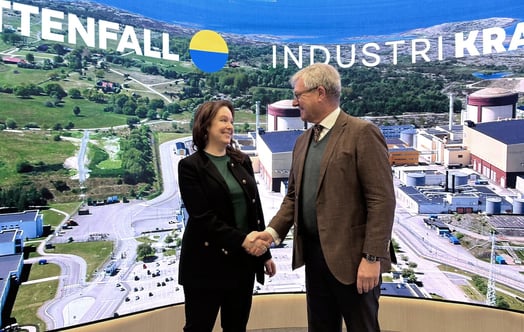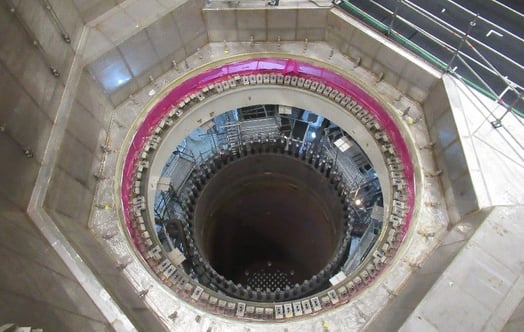Vattenfall changes direction for operational lifetimes of Ringhals 1 and 2
Vattenfall has decided to change the direction of the planned operational lifetimes for Ringhals 1 and 2. The reason is declining profitability and increased costs.
The new direction means that Ringhals 1 and 2 may be closed down between the years 2018 and 2020 instead of, as previously announced, around 2025. The closure decision will be made by the Ringhals Board of Directors and requires unanimity between the owners, i.e. Vattenfall and E.ON.
“Unfortunately, we see market conditions with continued low electricity prices in the coming years. At the same time, we are facing increasing production costs,” says Torbjörn Wahlborg, Head of Business Area Generation, Vattenfall.
As to Vattenfall's five other nuclear reactors Ringhals 3 and 4, and Forsmark 1, 2 and 3, the existing plans for at least 60 years of operational lifetime, until the beginning of 2040s, remains.
“Vattenfall’s decision is business driven. It is of course regrettable to close down well-functioning production units but sometimes this is inevitable,” says Torbjörn Wahlborg.
E.ON has been informed about Vattenfall's decision to change the direction.
The book value of Ringhals 1 and 2 in the Vattenfall Group consolidated balance sheet amounts to SEK 15.1 billion as of 31 March 2015, of which Vattenfall’s share is 70.4%. The combined financial impact is being investigated.
Vattenfall discloses this information pursuant to the Swedish Securities Market Act.
For more information, please contact:
Magnus Kryssare, phone: +46 (0)76 769 56 07
From Vattenfall’s Press Office, Tel.: +46 (0)87 39 50 10, e-mail: press@vattenfall.com
Facebook: facebook.com/vattenfallpressrum
Twitter: twitter.com/Vattenfall_Se



